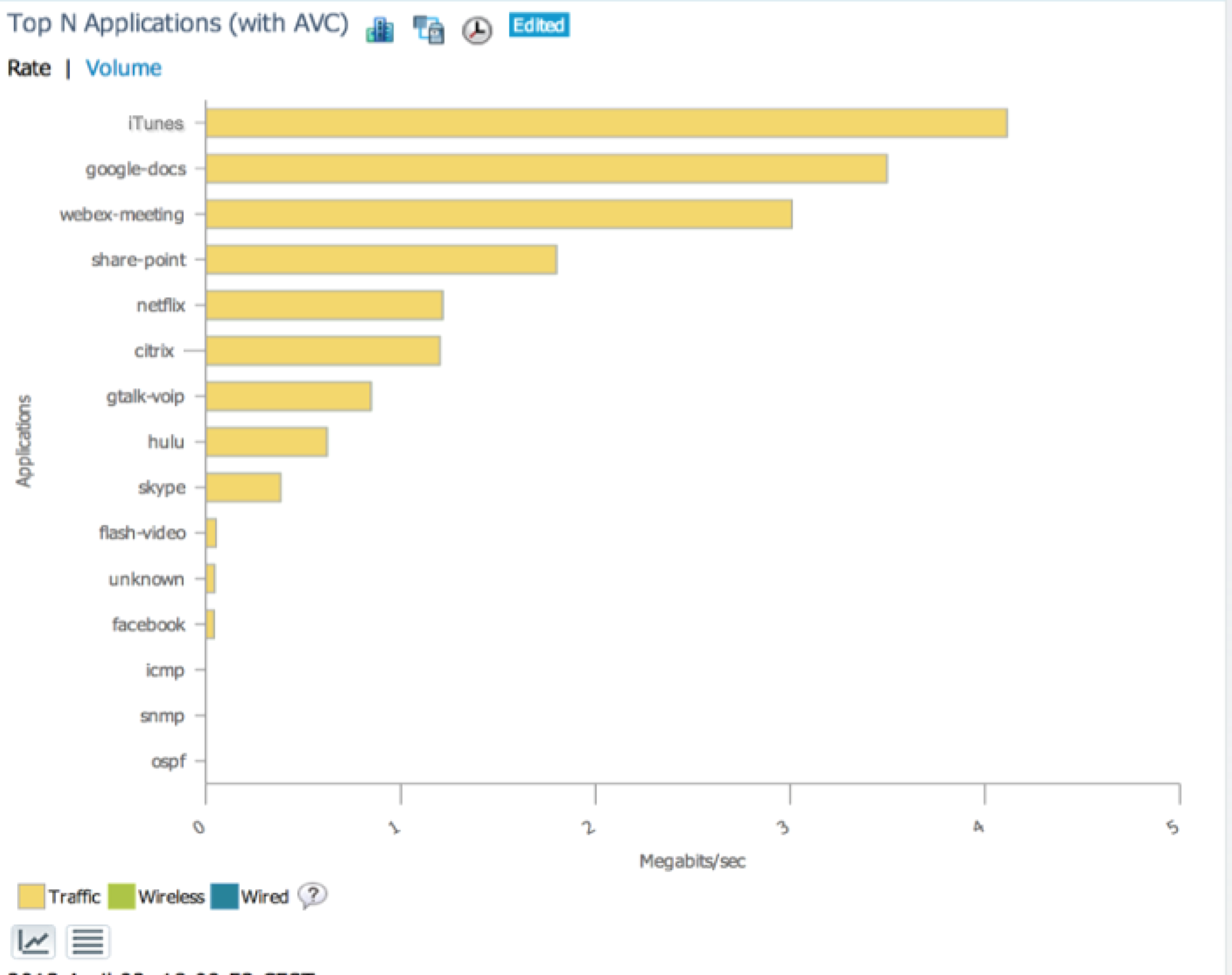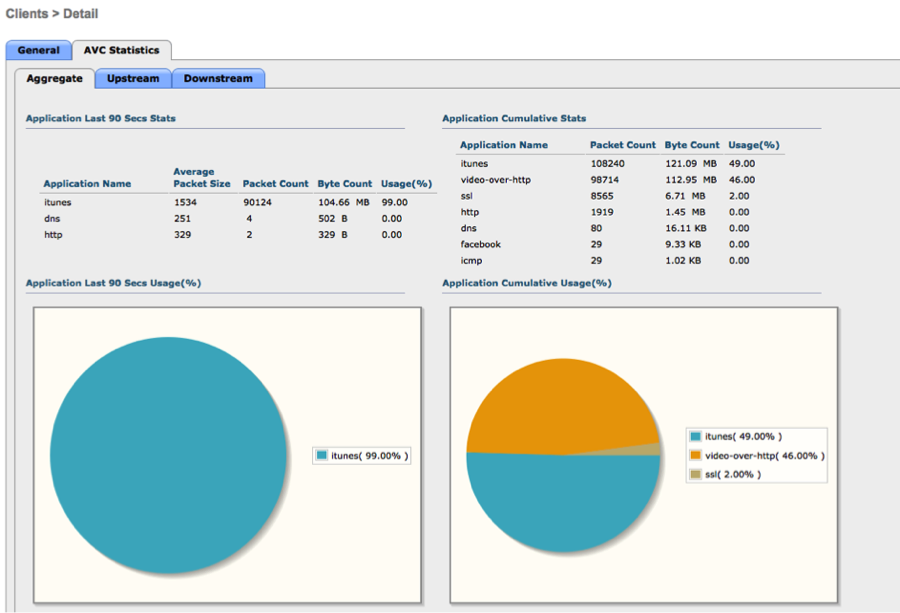If you have an iPhone or you are due for a mobile phone refresh, you would have tuned into Apple’s announcement on the new iPhones as well as the new OS, iOS7. I’ve had my iPhone4 for more than 3 years now so it definitely is decision time.
While we, as the phones’ users, are contemplating a new phone or upgraded OS, what does our other persona, the manager, director, or CIO in charge of our companies’ IT and network, need to consider? Will this impact me? Especially with BYOD policies can we bring both our iPhone and iPad – new or just upgraded – and connect them to the company wireless network? The answer is a resounding YES.
First is the OS updates. The iOS6 update file size for an iPhone 4 was about 130 MB and for an iPad over wifi was about 70 MB*. If you download it via iTunes, the package is much bigger**. Apple’s iOS update file sizes have been increasing with each version, so we can safely assume iOS7 will be at least as big as iOS6 was. Now calculate how many iPhones and iPads there are in the corporate network today.
In addition to the OS update is the app updates. As the OS changes, most (if not all) apps will need updates to be compatible with the new OS. Recent research shows that an average app size is now 23MB on an iOS device and that people have an average of 41 apps installed. You do the math and understand the impact on the remote branches’ WAN load and how it can affect critical business applications.
Your guide to a problem-free September 18th
So what can we do when the 18th hits and the OS is available for download? 2 steps you can take to identify and tame these applications with Cisco ISR-AX routers, Cisco Wireless Controllers and Cisco Prime Infrastructure.
Step 1: Identify the culprit
With NBAR2, the deep packet inspection technology in Cisco’s AVC (Application Visibility and Control) solution, you can identify the iOS and app downloads. NBAR will categorize these traffic as ‘iTunes’. With Cisco Prime 2.0, you will be able to see how much traffic ‘iTunes’ generates per site. You can also identify the top talkers and their end-points and device type responsible for the traffic generated in the network. This excludes music or video downloads from iTunes which is categorized as ‘video over http’ with NBAR2. This is a screen shot of what it would look like:


You can also see these applications through the WLAN controllers. iOS and app updates will look like this in the controllers’ management reporting. They also use the same AVC technology and will be categorized as ‘iTunes’. For more information on how to get your wireless network ready for iOS7, read this blog post.

Step 2: Control
Now that you’ve identified this traffic, there are a few ways to manage it.
With the ISR-AX first, you can use QoS to apply priority. You de-prioritize this traffic so that other business critical applications take precedence over iOS updates. You can also block it all together so that it does not take up bandwidth at all.
Second, you can also route it with PfR (Performance Routing) so that it either takes the best path of the WAN to perform at its best or take a path that does not interfere with other traffic that is higher priority.
Third, Cisco WAAS (WAN optimization) can cache this data so that after the first user initial download, all other users downloads will be served from the local cache and not use up the WAN bandwidth.
The Cisco Intelligent WAN (IWAN) Solution
All the listed methods of identifying mobile OS and app updates can be done through Cisco’s ISR-AX router which transform your WAN to an Application Aware Intelligent WAN (IWAN). These capabilities including NBAR2, AVC, PfR and WAAS are part of applications and services in a single box: Cisco ISR-AX. You can read up more on the application experience you can expect from the ISR-AX here and here.
Hopefully with these methods, you will have a normal day, no different from any other. Maybe you’ll have time to have that new project strategy meeting you were hoping to schedule for months.
Update:
After iOS7 has been available for download, I’ve gotten overwhelming emails about how big the size of the download is. The size of iOS7 on an iPhone is 752MB and my for my iPad was 1GB. In addition, about 35 apps on my iPad were updated.
*The update file size does vary by device
** http://venturebeat.com/2012/11/01/ios-6-1-hits-apples-update-servers-with-a-983-mb-thud/


Hi Allison, this a great example how the ISR-AX with its techonolgys will help to maintain our customers critical business during high demand times, and improve the user experience when downloading software (at least from the 2nd Iphone onwards). Expanding the example if you think about the amount of software updates we see on a daily basis (OS, ant-virus, application) this is a real benefit in any network!
Hi Philipp, yes a real benefit. I didn’t go into other software downloads such as Windows updates which can occur more often and tend to get large in size. ISR-AX can definitely help in reducing the load on the WAN for our customers and users get the best experience.
Magnificent beat ! I wish to apprentice while you amend your
site, how could i subscribe for a blog web site?
The account aided me a acceptable deal. I had been
tiny bit acquainted of this your broadcast provided bright clear concept